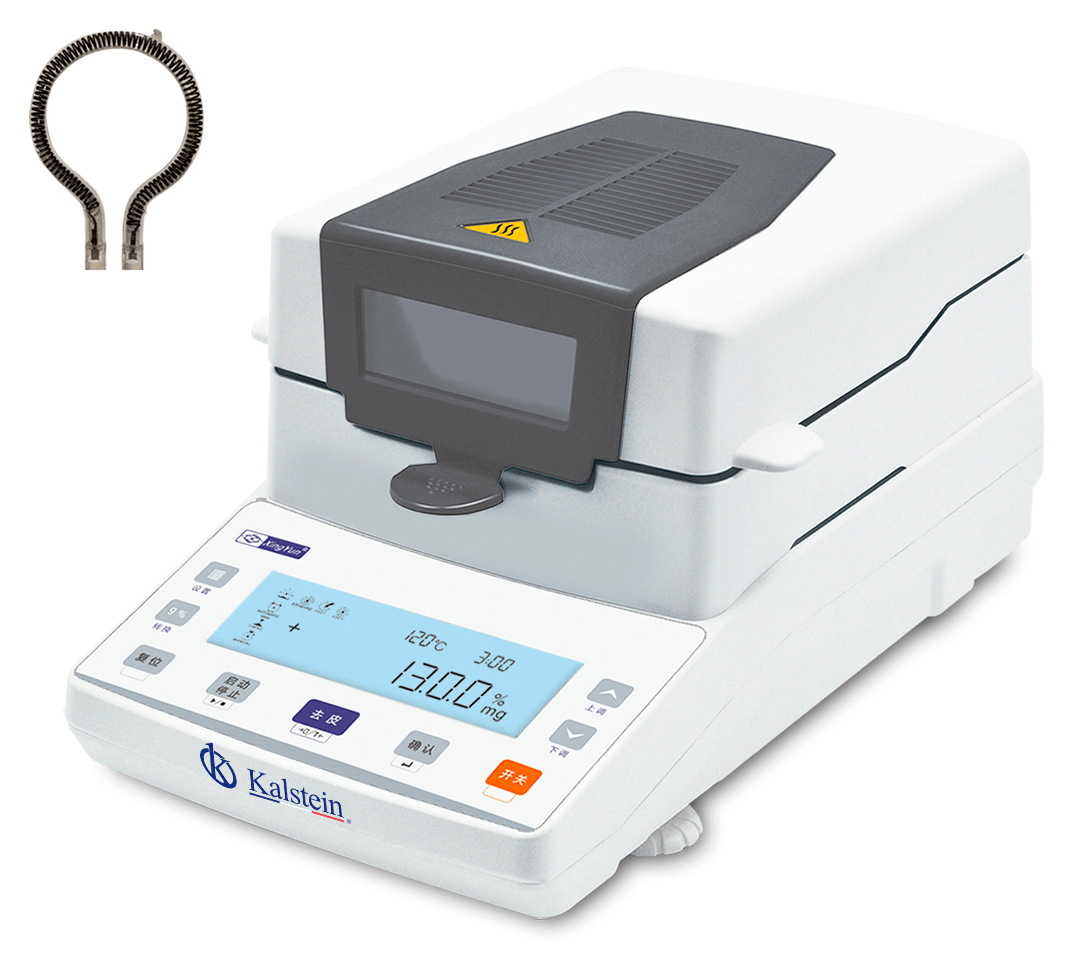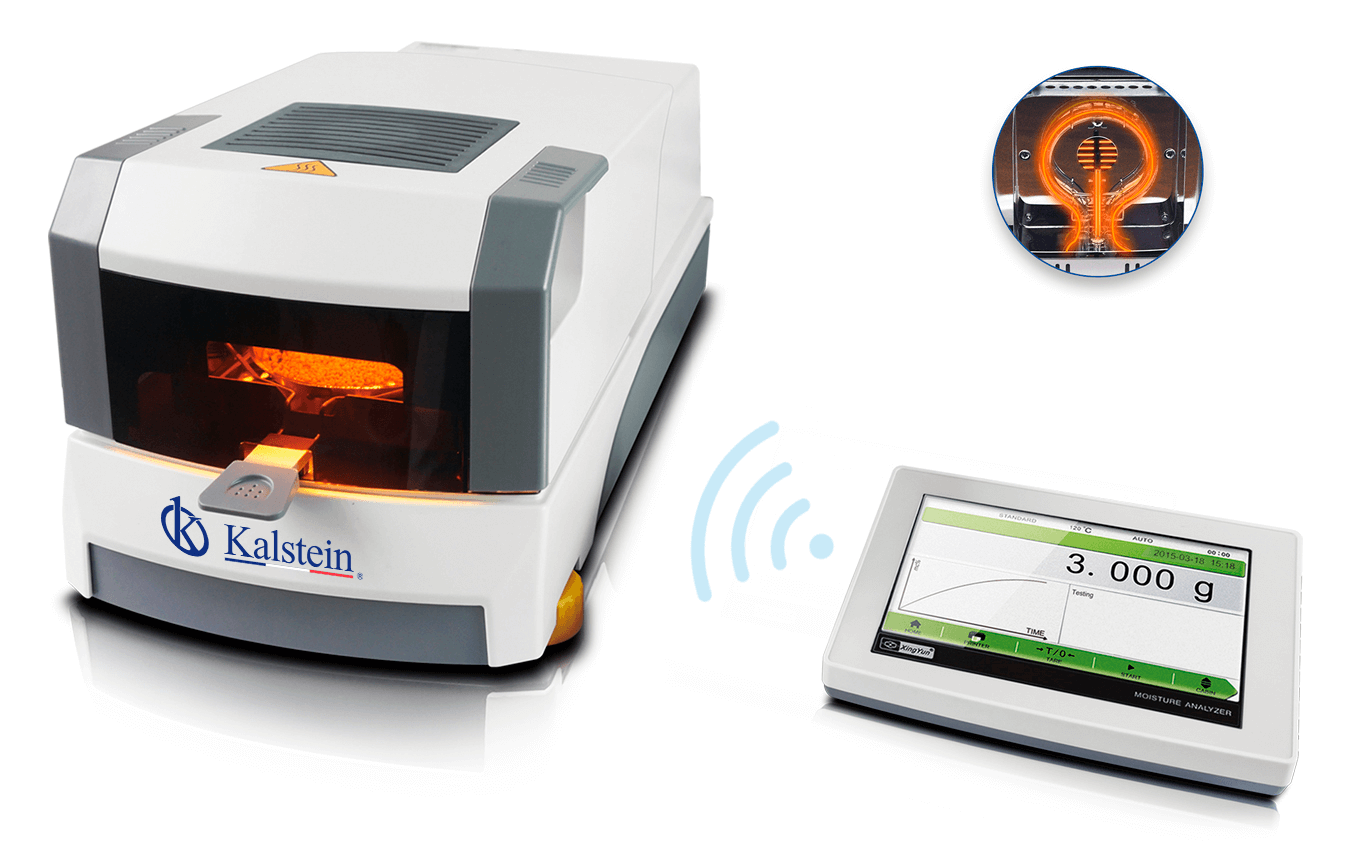Currently there are significant advances in the diagnosis of oxidative stress, a fundamental cause of aging and damage to biological structures.
What is oxidative stress?
In all living organisms, there is a delicate balance between oxidation caused by reactive species (RS, also called free radicals) and antioxidant defense. The rupture of this balance is the cause of a condition known as “oxidative stress” (OS), which can induce premature cell damage or early aging and in turn trigger many diseases.
Therefore, oxidative stress (OS) is a pathological condition due to an abnormal increase of reactive species (EROS, also called free radicals) of great oxidant power, and by a concomitant reduction of antioxidant defenses against free radicals. Antioxidants are chemical or biological agents capable of neutralizing the potential damage of these free radicals.
What are the causes responsible for a greater production of reactive species?
The organism under normal conditions produces a defined amount of EROS, due to the physiological cellular metabolism. Therefore, they are defined as “irreplaceable travel companions” of cell life.
In healthy conditions, the body is able to prevent excessive production of EROS due to the natural antioxidant defense system.
These EROS are potentially dangerous because they have a spontaneous tendency to oxidize molecules due to the ability to capture an electron or a hydrogen atom to any substance that comes into contact with them.
Due to this effect, the molecule is damaged and in turn can become more EROS, perpetuating, if there are no antioxidants available, the initial reaction to other molecules (carbohydrates, lipids, amino acids, peptides, proteins, nucleotides, nucleic acids).
The consequence of all this is that there is tissue deterioration and therefore the appearance of different serious pathologies is favored, among which cardiovascular diseases or even cancer, in addition to the premature aging of the skin or the appearance of different neurological disorders, and numerous diseases related to aging.
Now, who is responsible for the excessive production of these EROS?
Exogenous factors: cigarette, drugs, environmental pollution, UV radiation, excessive or inappropriate food among others. Endogenous factors: metabolic alterations and various diseases. In summary, these are just some of the factors that produce oxidative stress, and its consequence is premature and unhealthy aging.
What are the defense systems available to our body to combat excess free radicals?
- Enzymatic or Endogenous. Superoxide Dismutase (SOD) Glutathione Peroxidase (GP) Glutathione Tranferase (GT) Catalase.
- Not Enzymatic or Exogenous. These must be absorbed by the external environment, mainly through food, among them are: alpha-tocopherol (Vitamin E) Ascorbic acid (Vitamin C) b-carotene or Provitamin A Protein Transporters of Transition Metals (transferrin, celluloplasmin , ferritin) Free Radicals (Polyphenols).
Why would it be useful to diagnose oxidative stress?
It would allow us to monitor the effectiveness of medical treatments in case of illness as well as prevent the appearance of diseases due to oxidative stress (cardiovascular risk, hypertension, metabolic diseases, memory loss, loss of vision, skin aging and serious diseases such as cancer to name just a few). There is practically no medical specialty to which the diagnosis of oxidative stress is not very useful. The problem until a long time ago is that the diagnosis was made by methodologies that are not available to the general public, but at present there are simpler methodologies comparable to the reference method and there are also methods to evaluate the antioxidant potential. In this way, by measuring the concentration of free radicals in blood, plus the antioxidant barrier, we are able to arrive at the diagnosis of oxidative stress. Some techniques that directly evaluate enzymatic activity use spectroscopic measurements, gel activity procedures or immunocytochemistry methods.
Thinking of you and the importance of these determinations, in Kalstein we put at your disposal spectrophotometers that will provide you with great quality. That’s why we invite you to take a look at our spectrophotometers available HERE



